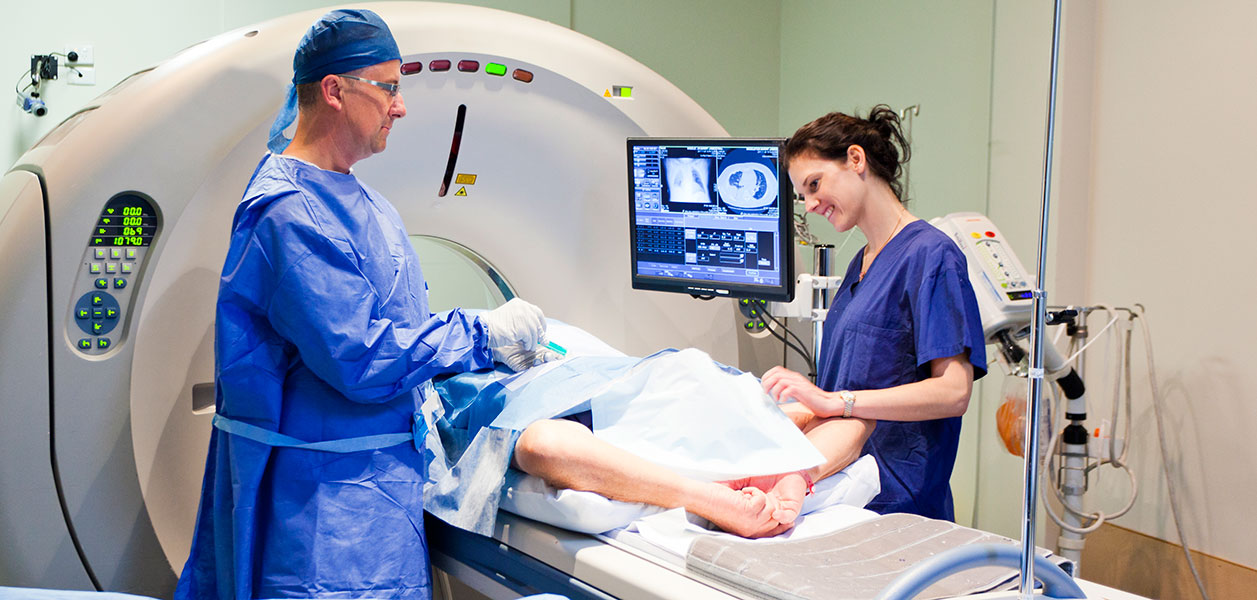Endovascular surgery is an innovative procedure that can be used for less invasive treatment of an aneurysm, the swelling of a blood vessel. A small surgical incision is made near each of the patient’s hips. A surgeon then inserts a tube device called an endovascular graft through the arteries by using a catheter. The graft itself is made of fabric tubes with stainless steel stents. It is positioned inside the aorta with the catheter and expanded to seal off the aneurysm. This procedure prevents blood from flowing into the damaged are and is permanent.
Endovascular or Open Surgery
This condition required open surgery and a long recovery period in the past. The endovascular process includes a shorter recovery time, less pain and discomfort, less stress to the heart and lower risks to the patient. Advanced procedures are also available in cases where standard endovascular surgery may be impossible.
Your Endovascular Surgery Procedure
Before undergoing endovascular surgery, you must receive a series of tests for the health of your heart. You will also need a CT scan and other tests to allow the surgeon to view the blood vessels and the aorta and prepare for the procedure.
During the procedure itself, you will receive a sedative or local anesthesia; if needed, you could receive general anesthesia. A guide wire will be inserted through the incisions to mark the aneurysm, and X-rays will be taken to study its precise location. The catheter is then inserted in order to place and expand the graft in order to close and shrink the aneurysm. After verifying that the blood is flowing through the graft and not the aneurysm, the incisions will be closed.
Most patients spend two or three days in the hospital, and you can walk and eat the day after surgery. You should keep the incision area dry until it is entirely healed, and use a sponge for bathing. Your doctor will follow up with you to monitor your progress and perform periodic tests.



